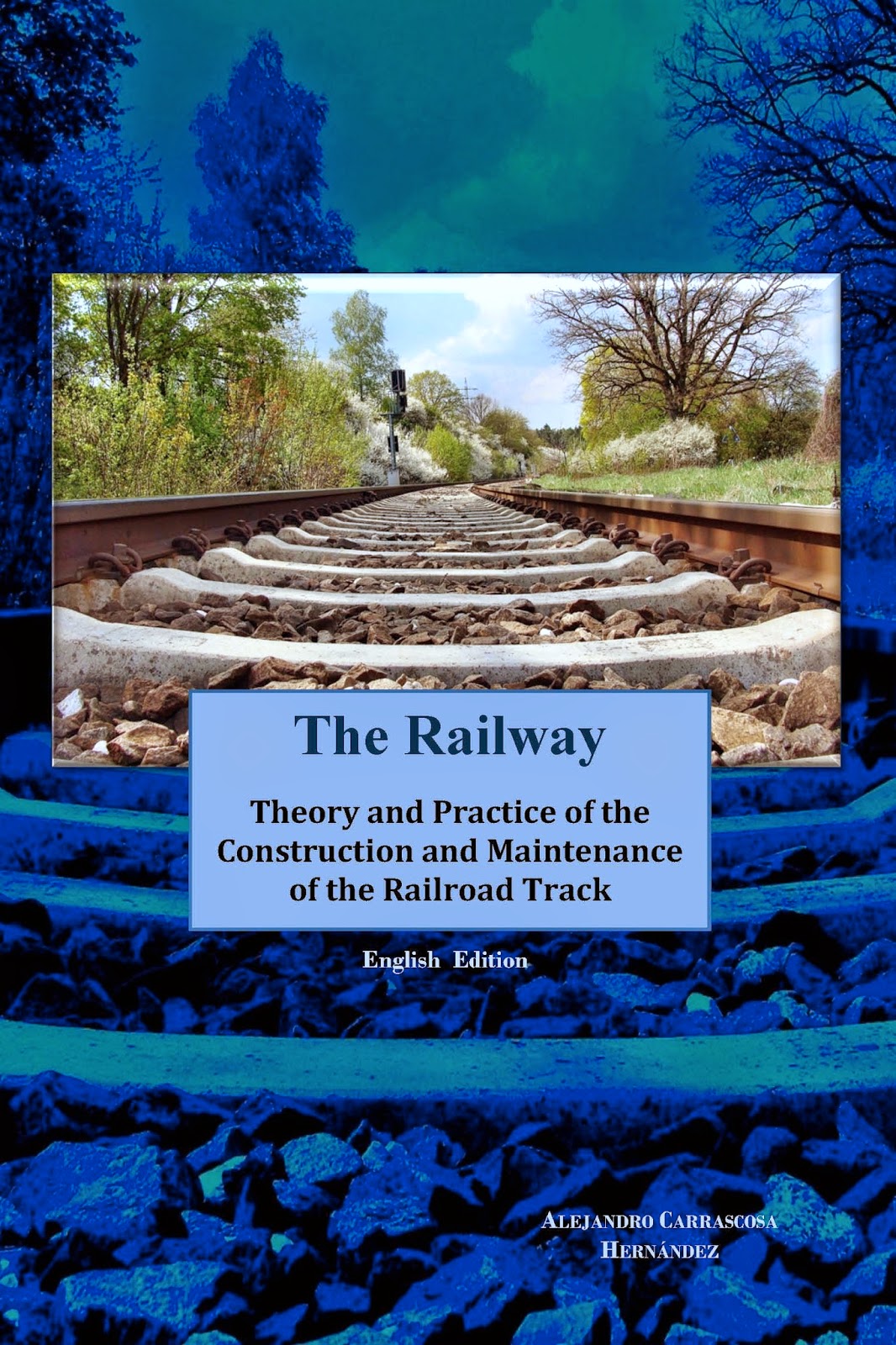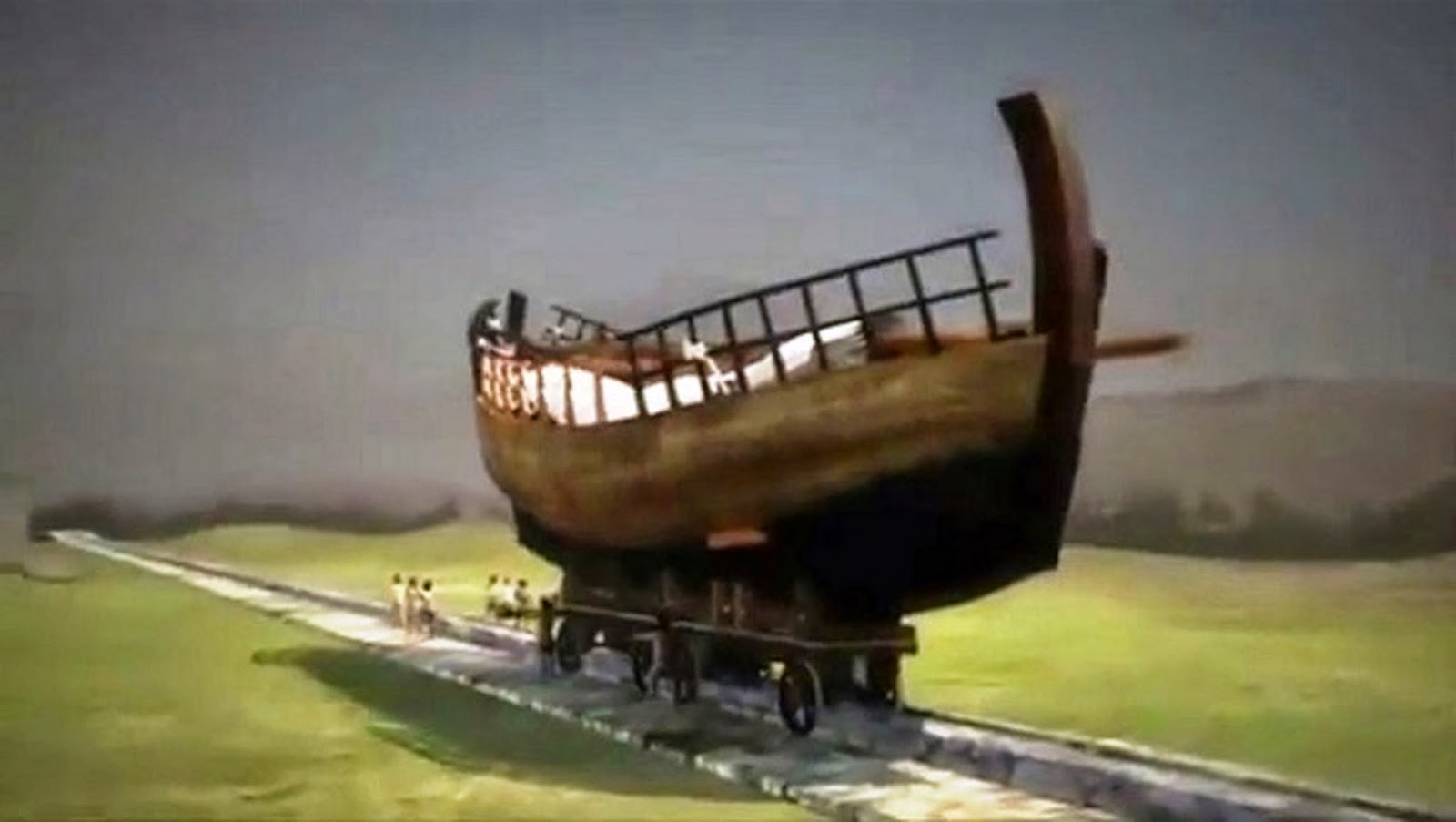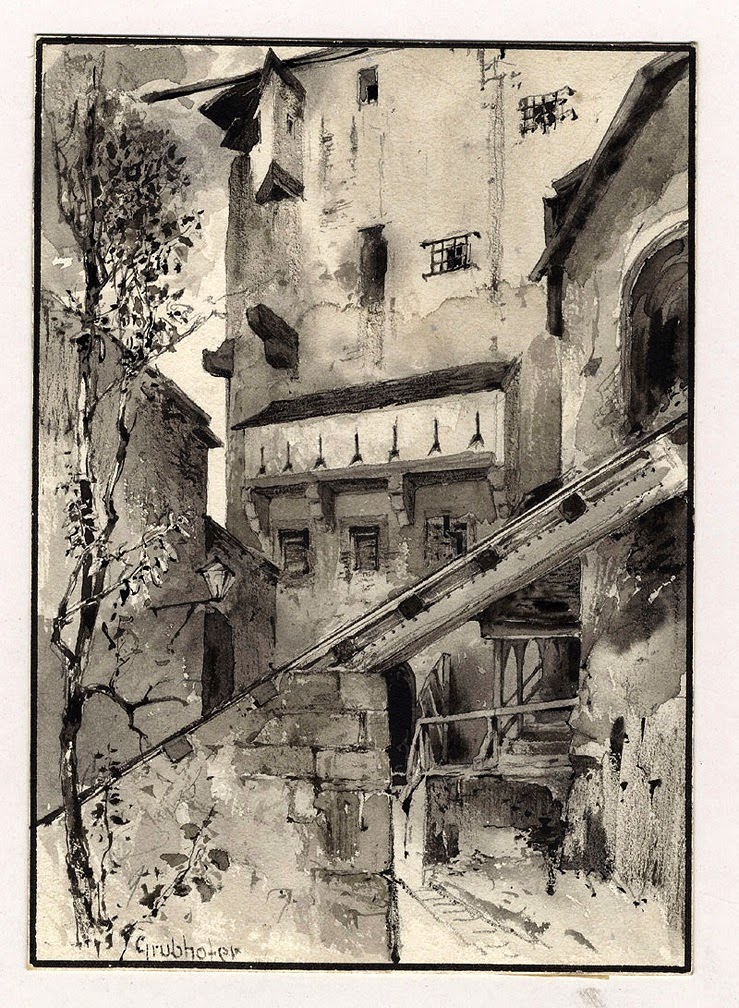THE RAILWAY
Theory and Practice of the Construction and Maintenance of the Railroad Track
In the study hereby presented I have tried to reflect the knowledge gathered throughout forty years of continuous work in railway construction, hoping it will be helpful and give a basic support to those professionals that wish to devote themselves to this wonderful work.
I don´t write much about trains, but I do about railways.
There is a fact:
"Since the railway was invented in the XIXth century, trains have improved continuously, and keep changing day by day. The railway remains identical in its essence, just the materials to build it have changed.”
This is an unequivocal signal of how great that invention was. I’ve written these pages the rationale behind the main things, tackling theory and practical experiences, anecdotes and special works.
Within the construction work, the railway is special among all specialties. It requires skilled manpower and specific tools and machinery. The theory is likewise unique, and even if there are resemblances with other construction sectors, we will always find significant differences.
During my years working in the railway, I’ve never met a professional who has gone indifferent before the work in the railw
LA VÍA FÉRREA
Teoría y Práctica sobre la construcción y conservación del Ferrocarril
En este estudio he tratado de plasmar los conocimientos adquiridos a lo largo de 40 años de trabajo continuo en la construcción de ferrocarriles, con la esperanza de que puedan servir de apoyo o ayuda a los profesionales que desean dedicarse a este magnífico trabajo.
No escribo mucho de trenes, pero sí de vías.
"Desde que se inventó el ferrocarril en el siglo XIX, los trenes han cambiado mucho, están cambiando todos los días. La vía no ha cambiado nada en su esencia, solo han cambiado los materiales con los que se construye"
Esto es una señal inequívoca de que fue un gran invento. He escrito en estas páginas el porqué de las cosas, abordando teoría y experiencias prácticas, anécdotas y trabajos singulares.
Dentro del trabajo de la construcción, la vía férrea es especial entre todas las especialidades. Requiere obreros con experiencia y herramientas y máquinas específicas. La teoría también es única, y si en algunos temas existen similitudes con otros sectores de la construcción, siempre encontraremos alguna diferencia importante.
En todos mis años de trabajo en la vía, nunca he encontrado a ningún profesional al que la perspectiva de acometer un trabajo en el ferrocarril lo dejara indiferente. La vía férrea no admite término medio: o se odia y ya nunca se querrá trabajar en ella, o te enamora y no querrás dejarla. Yo soy uno de los que se enamoró de la vía.
























